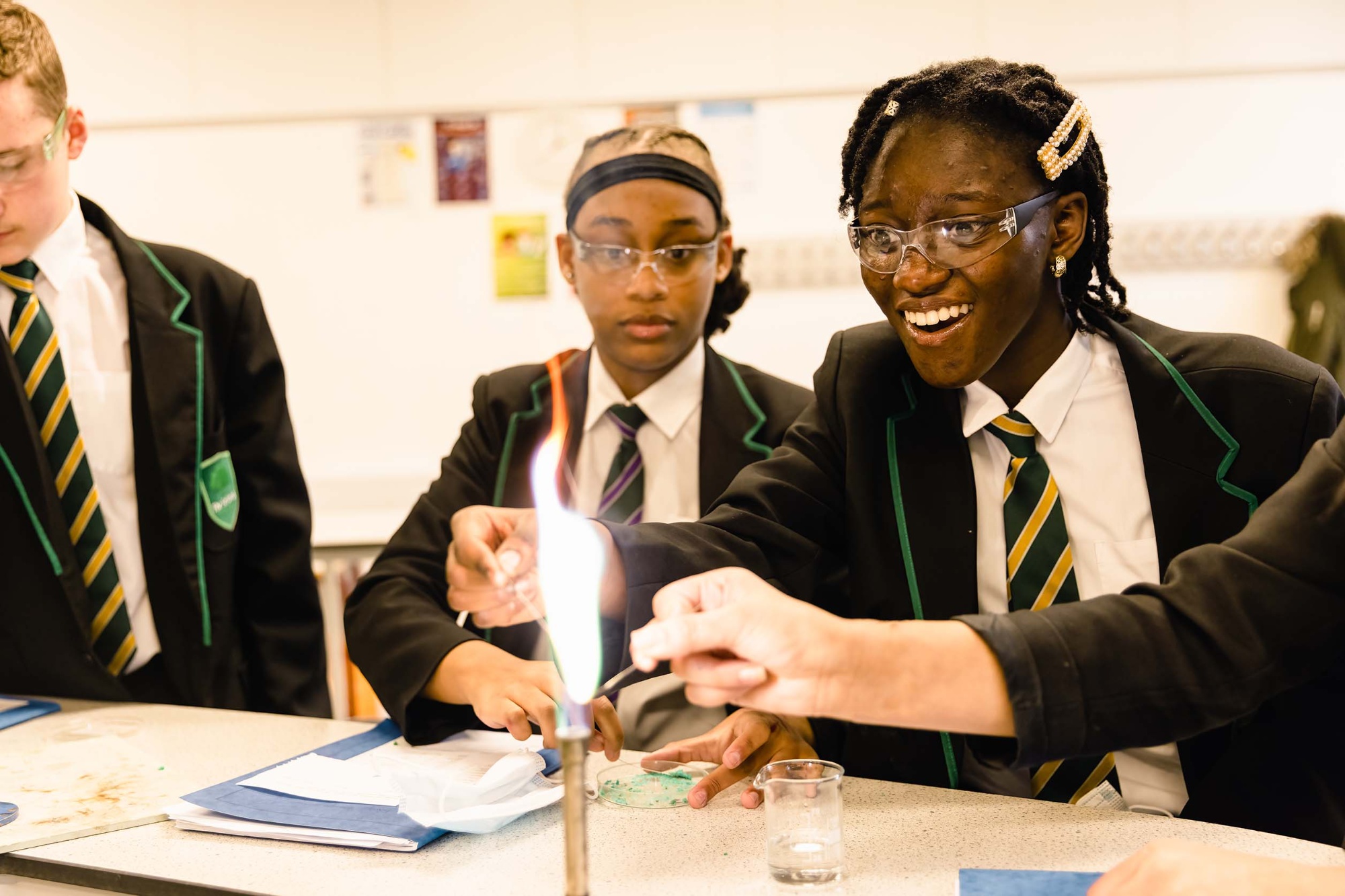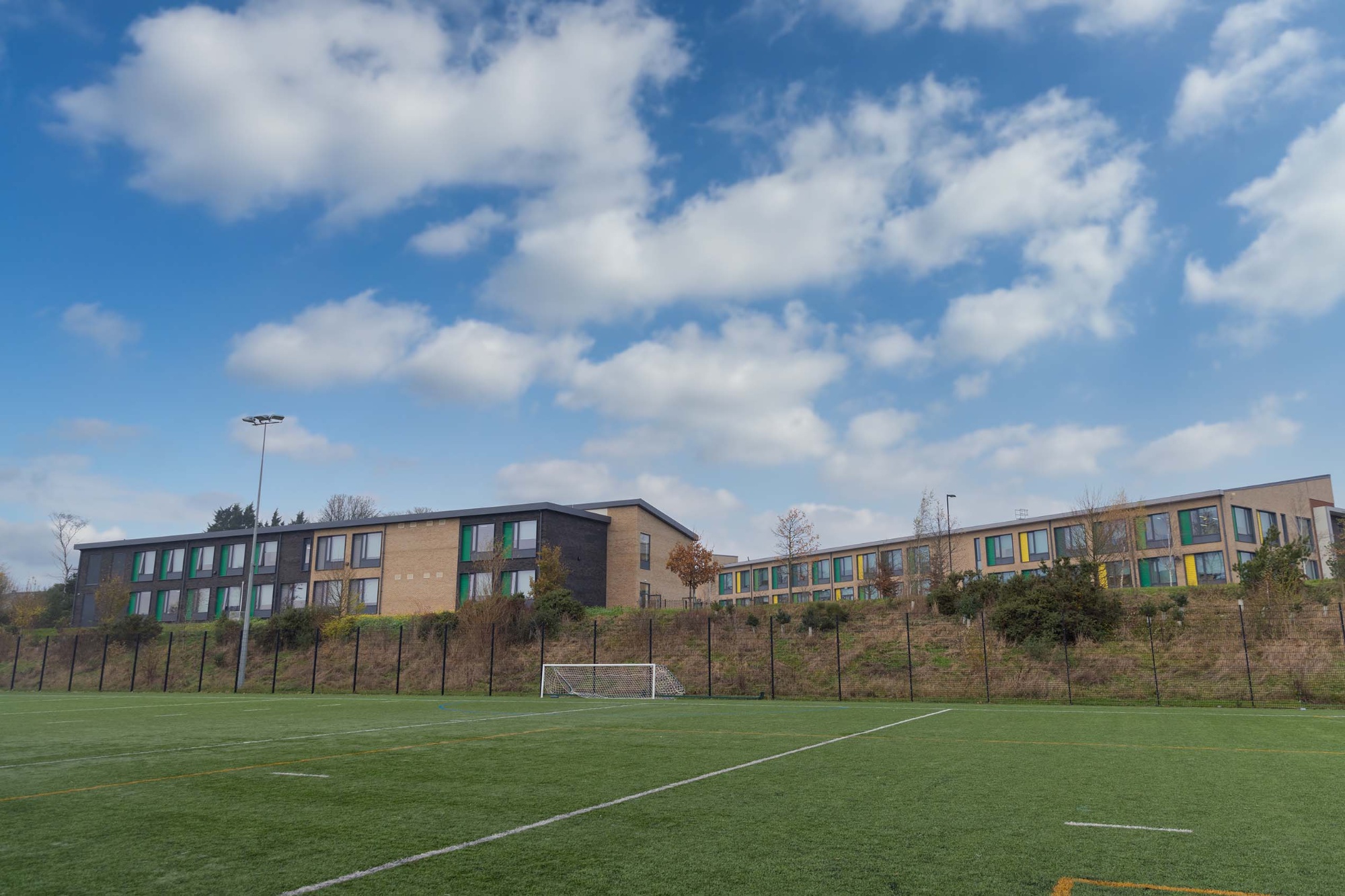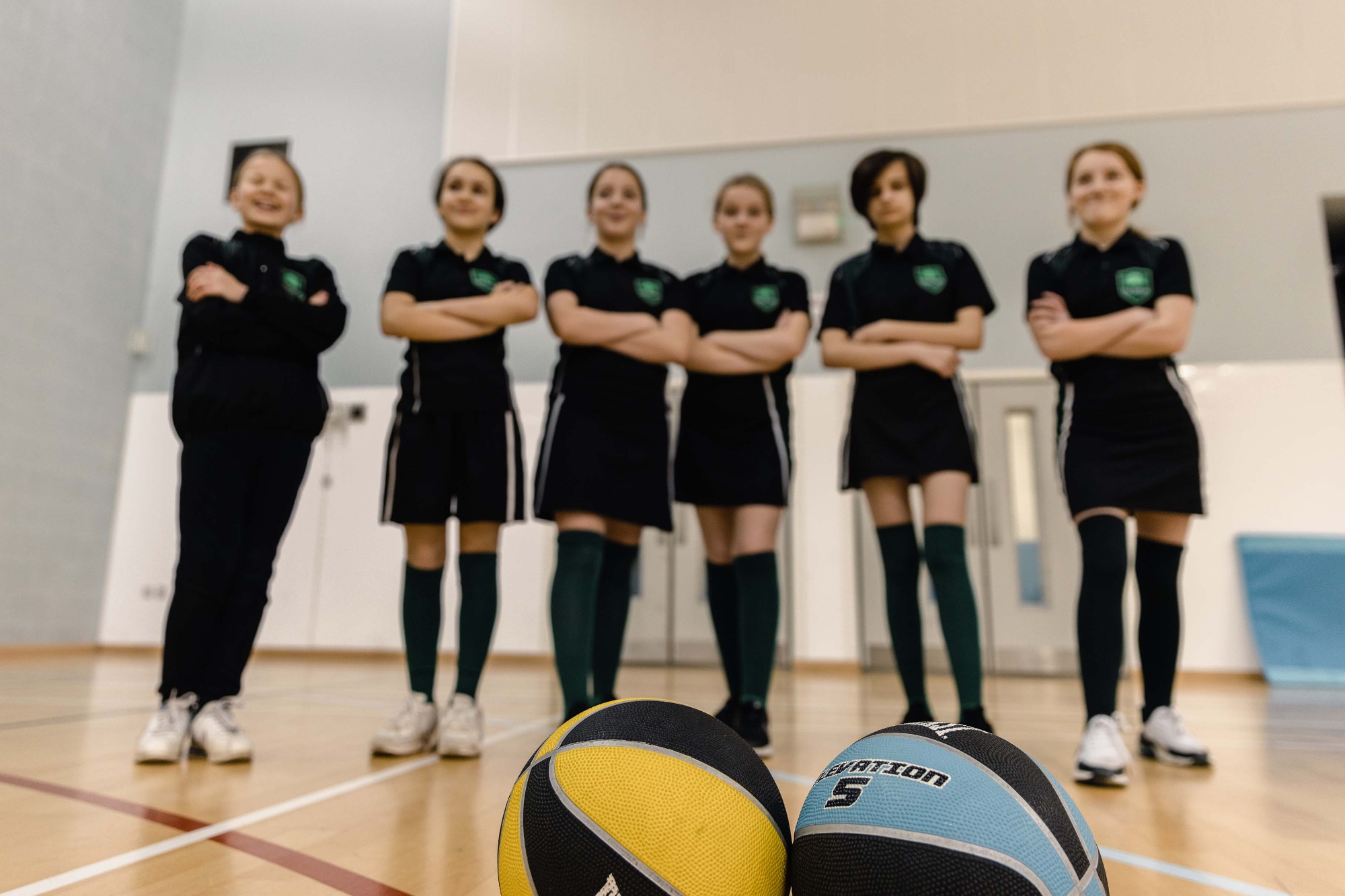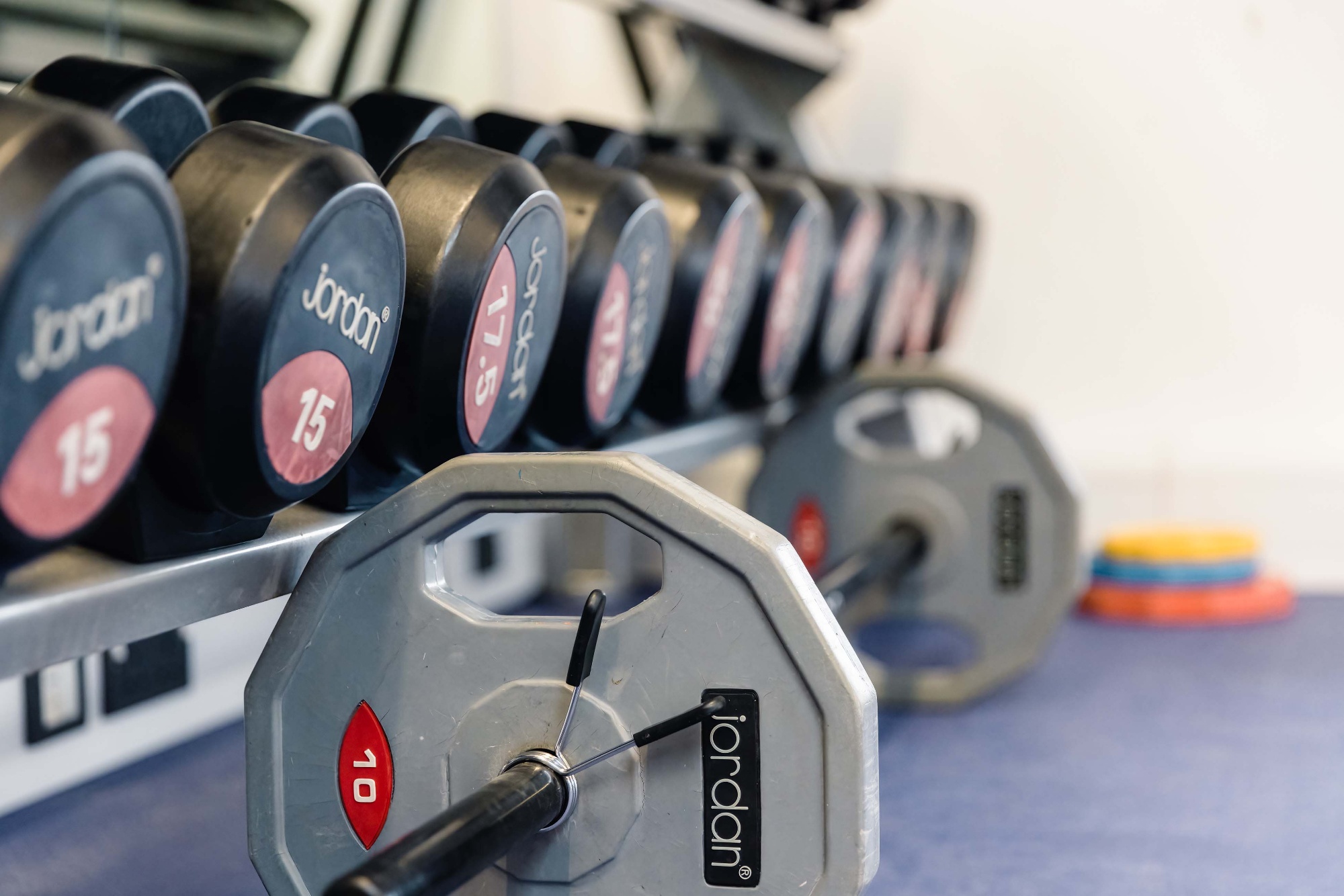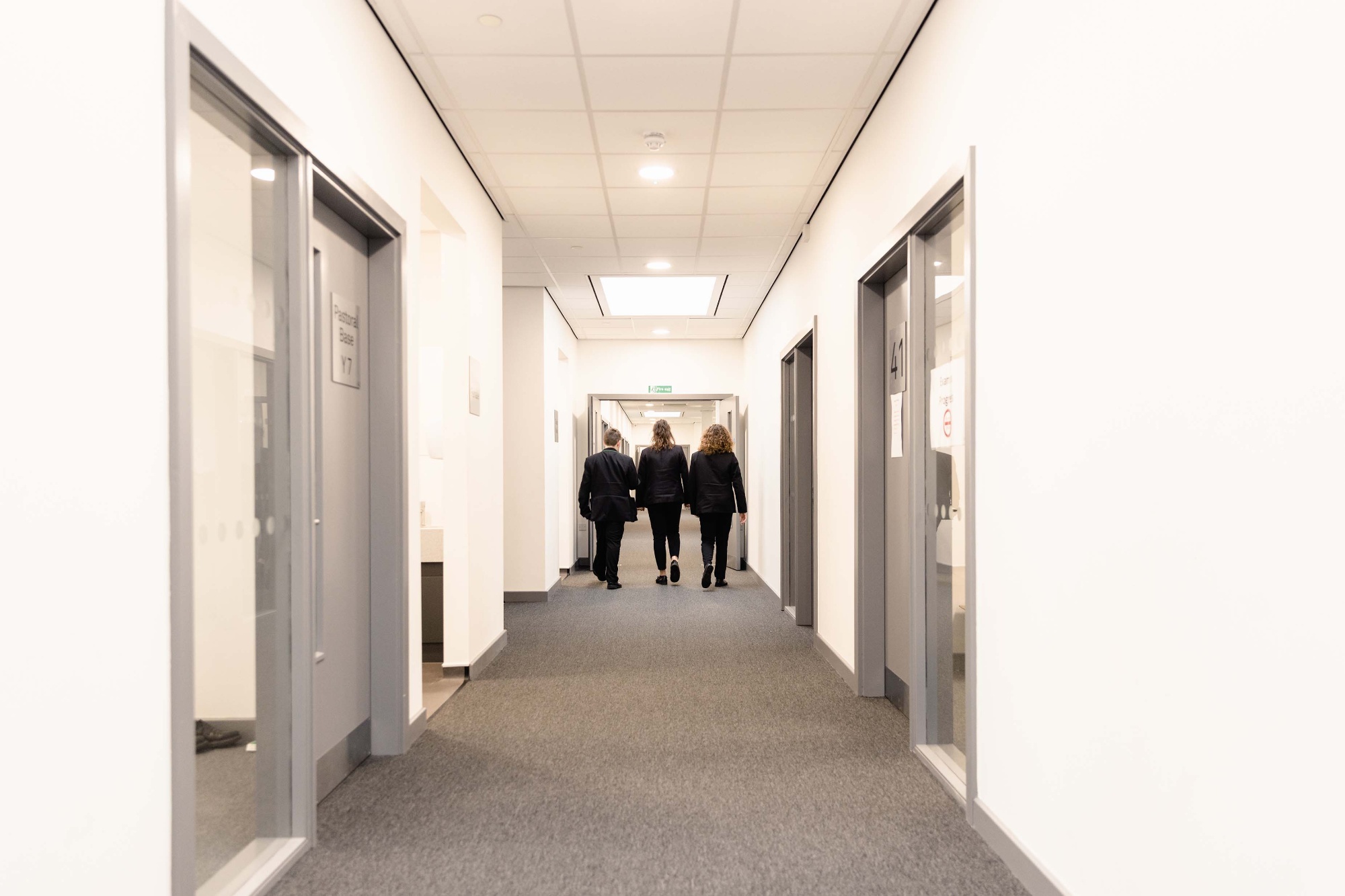.
LEARNING JOURNEY - MATHEMATICS
Year 7
Autumn Term –
Algebraic Thinking
For the first half term students spend time exploring sequences, using both diagrams and lists of numbers. They then move onto developing an understanding of the basic algebraic forms using visual representations. In the final part of the half term students are introduced to forming and solving one-step linear equations, building on their study of inverse operations.
Place value & Proportion
In the second half term students explore integers up to one billion and decimals to hundredths, using and understanding number lines interweaving topics from last half term such as sequences and equations. Following this, student will gain a deep understanding of the links between fractions, decimals and percentages so that they can convert fluently between those most commonly seen in real-life.
Spring Term –
Application of number
The focus for this term is to build on formal methods of addition and subtraction students have developed at Key Stage 2. All students will look at this in the context of interpreting and solving problems with money, perimeter, bar charts and tables. Students will then move into multiplication and division, distinguishing between multiples and factors and an emphasis on problem-solving and then using that knowledge to understand key concepts of working out fractions and percentages of quantities and the links between the two.
Directed number
Multiple representations and contexts will be used to enable students to appreciate the meaning behind operations with negative integers and as well as exploring directed number, this is an opportunity for revising and extending earlier topics. Students will revisit topics such as the algebraic areas with substitution and solution of equations.
Fractional Thinking
Students will then build on the key fractions, decimals and percentages unit from the Autumn term and will provide more experience of equivalence of fractions with any denominators, and to introduce the addition and subtraction of fractions. Bar models and concrete representations will be used to support this.
Summer Term –
Lines & Angles
Students will build on their KS2 skills using rulers, protractors and other measuring equipment to construct and measure increasingly complex diagrams using correct mathematical notation. Students will explore names and properties of polygons and angle rules will be introduced and used to form short chains of reasoning.
Reasoning with number
Students will review and extend their mental strategies with a focus of using known facts to discover other facts. Students will explore strategies for simplifying complex calculations.
Fractions, decimals and percentages will be revisited in the study of probability, where students will also learn about sets, set notation and systematic listing strategies.
To finalise this unit factors and multiples will be revisited to introduce the concept of prime, square and triangle numbers where they will be used as the basis of forming and testing conjectures.
Year 8
Autumn Term –
Proportional Reasoning
The meaning of ratio and the various models that can be used to represent ratios are explored first within this unit. It then moves onto sharing in a given ration given the whole or one of the parts using bar models to represent the information and then students look at simplifying ratios, using previous answers to deepen the understanding of equivalent ratios.
Students work with the link between ratio and scaling, including direct proportion, graphs and using context, such as conversion of currencies which provides rich opportunities for problem-solving.
The final part of this unit looks at multiplying and dividing fractions by both integers and fractions. Links between fractions and decimals are also revisited as part of this.
Representations
Building on their knowledge of coordinates from KS2, students will look at algebraic rules for straight lines, starting with lines parallel to the axes and moving on to the more general form. They will explore the notations of gradient and intercepts, but focus at this stage is using the equations to produce the lines.
Students will be introduced to data and linear correlation and extend their knowledge of graphs and charts from KS2 to deal with discrete and continuous data and will end the Representations unit with a short block on probability; in particular looking at sample spaces and the use of tables to represent these.
Spring Term –
Algebraic techniques
Building on their understanding of equivalence from Year 7, students will explore expanding a single bracket and factorising by taking out common factors. All students will revisit and extend their knowledge of solving equations, now to include those with brackets and also solving inequalities. Students will then revisit their understanding of sequences with more complex algebraic rules.
This unit is finalised by exploring the ideas behind the addition and subtraction laws of indices where the groundwork is laid by ensuring students are confident with expressions involving powers.
Developing Number
Students will focus on the relationships between fractions and percentages, including decimal equivalents, and using these to work out percentage increase and decrease. Here, both calculator and non-calculator methods are developed throughout to support students to choose efficient methods.
Standard Form is introduced to all students, building from their work on indices last term. The use of context is important to help students make sense of the need for the notation and its uses. The final block within this unit provides a timely opportunity to revisit a lot of basic skills in a wide variety of contexts. Estimation is a key focus and the use of mental strategies will therefore be embedded throughout.
Summer Term –
Developing Geometry
This block builds on KS2 and Year 7 understanding of angle notation and relationships extending all students to explore angles in parallel lines and solve increasingly complex angle problems. Students are then all introduced to the formulae of a trapezium and for the area of a circle. The key aspect of this unit is choosing and using the correct formula for the correct shape.
Students then move onto reflection to ensure a deep understanding and during this unit students can revisit and enhance their knowledge of special triangles and quadrilaterals and focus on key vocabulary.
Reasoning with data
Many of the charts and graphs in this block have been used in Year 7 and earlier in Year 8, however now focus on using charts to compare different distributions. Students also collect data and explore when graphs may be misleading.
Students revisit median and mean and extend their knowledge to the mode and choosing the correct average.
Year 9
Autumn Term –
Reasoning with Algebra
This unit of work builds on the Year 8 block of plotting straight line graphs but now looks at the more general form of y=mx+c as the equation of straight line, interpreting m and c in abstract and real-life contexts.
Students will revisit and extend their knowledge of forming and solving linear equations and inequalities. They will also explore rearranging formulae and reinforce their understanding of the difference between equations, formulae, identities and expressions. There is a lot of opportunity to revisit topics previously learnt to encourage reasoning to be taught to students through primes, factors and multiples as well as developing chains of reasoning and learning how to expand a pair of binomials.
Constructing in 2 & 3D
This will be the first-time students have studied 3D shapes formally at KS3. Students will explore the surface area and volume, as well as looking at plans and elevations.
Students will also look at the idea of a locus and the standard constructions using a straight edge and a pair of compasses.
Spring Term –
Reasoning with number
Students will develop their knowledge of the number system to include rational and real numbers. This unit provides plenty of opportunity for students to revisit and practice their number skills both with and without a calculator including percentage problems encouraging decimal multipliers and use of financial maths to engage students thinking.
Reasoning with Geometry
Students will revise and extend their knowledge of angles rules and properties of shapes, applying them to increasingly complex problems. Students will build on their understanding of symmetry and reflection to rotational symmetry and then move into translations and comparing transformations learnt. Students will investigate the relationships between the sides of a right-angled triangle when starting to learn about Pythagoras Theorem.
Summer Term –
Reasoning with proportion
Students develop their knowledge of transformations to include enlargement and will link back to other transformations. Students will find missing sides in similar shapes. Students will build on prior knowledge to solve ratio problems and make links with direct proportion and graphs. Students will develop their knowledge of inverse relationships to explore speed, distance and time in detail.
Reasoning with Data
Students will build on prior knowledge to calculate probabilities of single and combined events. A key focus is the introduction of the idea of independent events. Students will extend their understanding of graphs to look at interpretation and creation of different types of graphs including quadratic graphs.
Keystage 3 numeracy
Numeracy is a skill, which involves confidence and competence with numbers and measures. It requires an understanding of the number system, a range of skills and an inclination and ability to solve number problems in a variety of contexts. Numeracy also needs practical understanding of the ways in which information is gathered by counting and measuring, and is presented in graphs, diagrams, charts and tables.
Year 7 and 8 students at The Telford Langley School have a Numeracy lesson once a fortnight. This session is dedicated to addressing the key skills needed to access the Mathematics curriculum and therefore has a close link to what is being taught during the Maths lessons.
Students are encouraged to explore the reasoning behind the maths which allows them to increase their confidence and to be able to transfer skills across the curriculum. As a continued response to COVID current Year 9 also have a numeracy lesson to deepen their understanding of key concepts in Maths as a bridge to starting their GCSE course in Year 10.
Ongoing formal assessment in both Maths and Numeracy allows us to identify students who would benefit from additional support such as a Corrective Numeracy scheme. This is targeted specifically at those who struggle with basic maths concepts, operations and work problems in Year 7.
More information on Corrective Numeracy can be found by following the link below
Corrective Numeracy - https://www.mheducation.co.uk/schools/secondary/direct-instruction/corrective-mathematics
Year 10
Autumn Term –
Similarity
Students will build on their experience of enlargement and similarity in KS3 as well as parallel line angle rules to support establishment of similarity. Congruency is introduced through considering what information is needed to produce a unique triangle. Students will also be introduced to Trigonometry and revisit Pythagoras Theorem.
Developing Algebra
Students will revisit both equations and inequalities and will establish the difference between a solution and a solution set. Students will look at forming an equation from given information which will help to revisit topics such as angles on a straight line/in shapes/parallel lines, probability, area and perimeter. Students will then move onto finding the solution of simultaneous equations both algebraically and graphically.
Spring Term –
Geometry
Students will be introduced to Bearings and will revisit Trigonometry and Pythagoras to reinforce their learning from earlier in the year. They will apply their skills in other contexts as well as using mathematics to model real-life situations. Students will build up their knowledge of circles to arc lengths and sector area from their understanding of fractions. They are also introduced to the formulae for surface area and volume of spheres and cones.
Proportions and Proportional Change
This builds on KS3 work on ratio and fractions, highlighting similarities and differences and links to other areas of maths including both algebra and geometry. Students will use calculators to solve percentage problems and use of financial contexts supports students understanding in preparation for their GCSEs.
Tables and Venn diagrams are revisited as part of a Probability unit that revisits fraction arithmetic and conversion between fractions, decimals, and percentages.
Summer Term –
Delving into Data
This unit builds on KS3 work on the collection, representation and use of summary statistics to describe data. There are strong cross curricular links with this unit with Geography, science and also everyday life.
Using number
This unit builds on KS3 content for calculation. Mental methods and using number sense are encouraged alongside the formal methods for all four operations with integers, decimals, and fractions. This will have a multi-step problem focus in preparation for their GCSEs. The final part of Year 10 consolidates prior learning focusing on understanding powers with a particular focus on standard form.
year 11
Autumn Term –
Students will look at graphs for the first half term of Year 11. They will revisit plotting straight line graphs from an equation and interpreting the equation of a line. They will then move into non-linear graphs to develop their knowledge of quadratic, cubic and reciprocal graphs to recognise the different shapes. Students also study real-life graphs, including speed/distance/time.
The second half term has a focus of Algebra. The students will review expanding and factorising with a single bracket before moving onto quadratics. Students will then consolidate and build on their prior learning of changing the subject of a formulae and checking their accuracy with substitution. Formal function notation will be introduced which will bring together the whole terms work on algebra and graphs.
Spring Term –
Students develop their multiplicative reasoning and from simple scale factors to complex equations involving direct and inverse proportion.
Students will consolidate their knowledge of angle facts and develop increasingly complex chains of reasoning to solve geometric problems with an opportunity to revisit key topics. Students will use their knowledge of sequences and rules to develop their algebraic reasoning in preparation for their upcoming GCSE exam.
Extra-curricular Activities
The Telford Langley School Maths Department offers a range of enrichment opportunities including weekly KS4 Intervention groups and a range of other clubs including numeracy, chess and origami.
Homework Club runs after school in our Learning Resource Centre daily and the Maths Academic Coach will support students with their Sparx homework.
In addition, extended learning opportunities can be found on MS Teams in line with our blended learning approach.
K Holloway, Director of Mathematics

